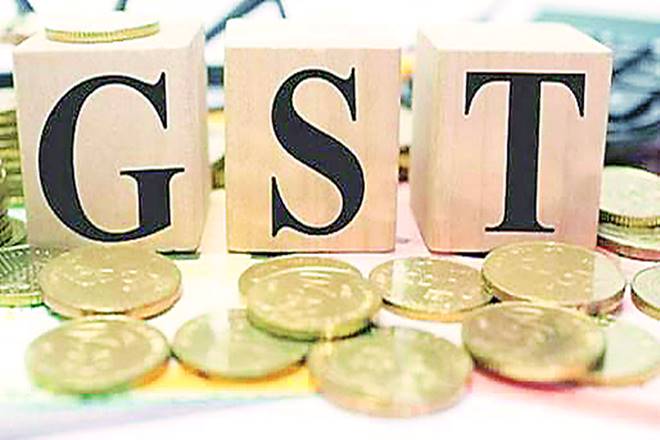Stressed about the filing the first Goods and Service Tax Annual Return?
Is it getting difficult to figure out all the rules and meet the deadline of GST Annual Returns?
A few tips to file Annual Goods and Service Tax Returns
What is Goods and Service Tax Annual Return (GSTR- 9)?
GSTR 9 is an annual return form for all taxpayers under GST. The taxpayers fill information about supplies made and received in a year summarizing their filing made and comparing them with their financial statements filed for Income Tax purpose. It is a consolidated form that comprises the details mentioned in the monthly/quarterly returns in a year.
Different Types of Annual Return
- GSTR – 9 should be filed by the regular taxpayers who have filed under GSTR 1 and 3B.
- GSTR – 9A should be filed by the persons who are registered under the composition scheme.
- GSTR – 9B should be filed by the E-commerce operator who has filed GSTR-8 during the financial year.
- GSTR – 9C should be filed by the persons whose aggregate turnover during a financial year exceeds Rs.2 crores would need to get his account audited by a practicing Chartered Accountants and Cost Accountants before filing under GSTR- 9C.
Who are eligible for filing GSTR – 9?
All registered persons registered under GST shall be liable to file GSTR – 9. However certain persons are not required to file GSTR- 9, they are as follows:
- Casual Taxable Person
- Input Service Distributor
- Non-resident Taxable Person
- The person who are paying TDS
If you have opted out or in Composition Dealer during the year, the taxpayer needs to file GSTR-9 and GSTR- 9A for the relevant periods.
Steps to file GSTR – 9
Once the GST Annual Return Form GSTR 9 is prepared, the next step is to file GSTR-9 in the GST Portal. The following are the steps to file GSTR-9
- Login and Navigate to Form GSTR-9 – Annual Return for Normal Taxpayer
- Download Form GSTR-1, Form GSTR-3B and Form GSTR-9 Summary
- Enter details in various tiles
- Preview Draft Form GSTR-9 Summary
- Compute Liabilities and Pay Late Fees, If any
- Preview Draft Form GSTR-9
- File Form GSTR-9 with Digital Signature Code (DSC)/ Electronic Verification Code (EVC)
Due Dates for filing Annual Returns
| GSTR | Extended Due Date |
| GSTR – 9 | 30th June 2019 |
| GSTR – 9A | 30th June 2019 |
| GSTR – 9C | 30th June 2019 |
(Note: Initially the due date for filing GSTR 9 was 31st December, 2018 but due to the annual compliances which are new and are not too well understood by many large taxpayers, the due date got extended till 30th June, 2019)
Penalty for late filing of GSTR – 9
If the GSTR-9 return is not filed on time, then a penalty of INR 100 per day under CGST and INR 100 per day under SGST shall be levied i.e. a total of INR 200 per day. It is to be noted that the total penalty cannot exceed 0.25% of the total turnover on which the said penalty is being levied. There are no late fees however on Integrated Goods and Service Tax.
Clarifications on GSTR 9
- GSTR 9 cannot be filed unless the GSTR 1 and GSTR 3B are filed.
- As per the legal provision of section 41(1) of the CGST Act, even if a person is not registered as on 31st March, 2018 but he was registered between July 2017 and September 2017 he shall be required to file GSTR- 9 for the period registered. Similarly, if the taxpayer has applied for a cancellation and his application is still pending as on 31st March 2018 then also, he has to file GSTR-9.
- GSTR-9 does not allow any revision after filing.
- In a few cases, certain transactions are not reported in the filed GST returns for various reasons. However, these will affect the tax liability at the end of the year. It is clarified that ITC on this, cannot be claimed in GSTR-9. Further, liability identified later can be deposited with Government using DRC-03 Form (Form DRC-03 is filed for making a voluntary payment of outstanding liabilities u/s 73 and 74 of the CGST Act)
Examples for this situation are – Supply without consideration, goods sent on approval basis, deemed supplies where taxpayers have sent inputs or capital goods to the job workers and have not received them by one or three years respectively, etc.
- Any payments made through FORM DRC-03 for any supplies relating to the period between July 2017 to March 2018 will not be accounted for in FORM GSTR-9 but shall be reported during reconciliation in FORM GSTR-9C.
- As per the Legal provision of Section 44(1) of the CGST Act, every registered person shall be required to file GSTR-9. Hence, if a Taxpayer has obtained multiple GST Registrations whether in one state or more than one state, it shall be treated as a distinct person in respect of each such registration as per section 25(4) of the CGST Act. Hence, GSTR-9 is required to be filed separately for each such Goods and Service Tax Identification number (GSTIN).

